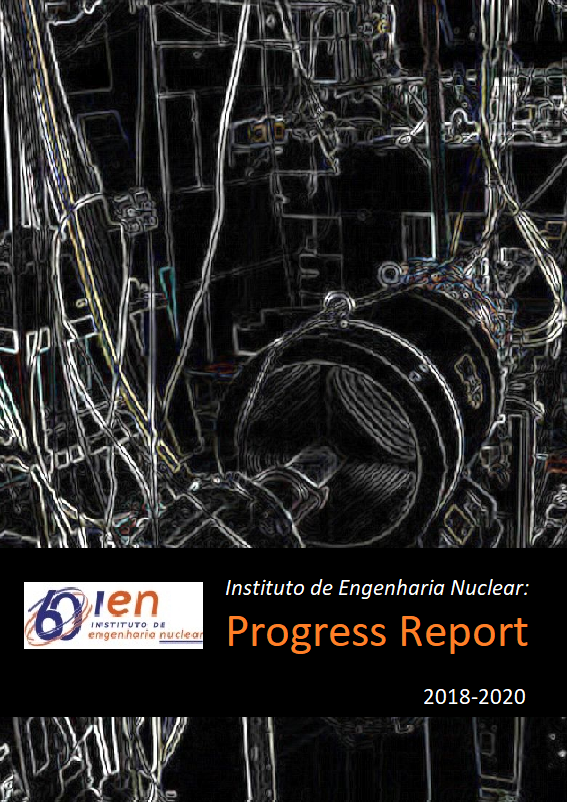Virtual Reality Applied to Physical Protection of Nuclear Facilities
Resumo
Due to the sensitive nature of its materials and processes, nuclear facilities must have a Physical Protection Plan (PPP) in order to prevent theft or sabotage. In Brazil, the National Nuclear Energy Commission applies, through a set of Standards [1], the recommendations of the International Atomic Energy Agency [2].
These standards and recommendations prescribe a methodology to develop and test PPPs.
The limitations of two steps of PPPs evaluation (lack of realism in tabletop analysis and the high cost and complexity of carrying out Force on Force exercises) led to the object of this study: the use of a Virtual Reality (VR) model of a facility to perform simulations, with low cost and low risk.
To assess the suitability of this new method, the model of a nuclear facility was built, in this case, of the Nuclear Engineering Institute (IEN). The virtual model was inserted in a game engine (Unity version 5) to allow the interaction between multiple characters and that of each character with the environment. These avatars represent the defense force members and the adversaries.
To evaluate the utility of the virtual model, simulations were performed, with adversary attacks and the execution of the PPP’s strategies by the defense forces. These simulations were presented to experts and the evaluation was made with a questionnaire, whose answers were submitted to content analysis and to a classification with the Likert method. The results indicated that the virtual model is a useful tool in the evaluation of PPPs.
Downloads
Publicado
Como Citar
Edição
Seção
Licença
Copyright (c) 2021 Eugenio Marins, Antônio Carlos Mól, André Cotelli do spírito Santo

Este trabalho está licenciado sob uma licença Creative Commons Attribution-NonCommercial-NoDerivatives 4.0 International License.


